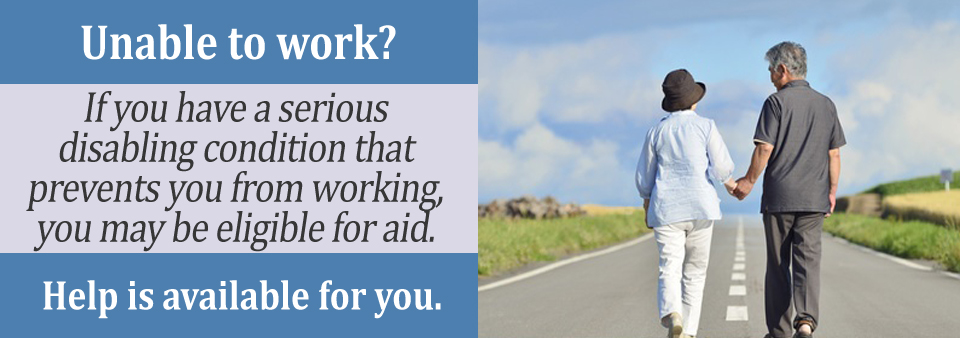It can start with a piercing pain between the shoulder blades and end with chronic nausea and acute shortness of breath. The physical symptoms of a heart attack are just one of the reasons why a patient should apply for disability benefits with the Social Security Administration (SSA). Long after the physical effects of a heart attack diminish, the mental issues that arise can also have a longstanding negative impact on job performance.
Here are the five signs that you will be approved for disability after a heart attack.
Sign 1-Meet Non-Medical Requirements
The most important non-medical requirement to meet for Social Security disability benefits is gaining enough work credits. Based on annual wages or self-employment income, the SSA requires a certain number of work credits per year for an applicant to qualify for disability benefits. As of 2020, claimants have to earn $1,410 to gain one work credit. The number of work credits that you need to gain depends on your age at the time that you suffered a heart attack.
Sign 2-Submit Overwhelming Medical Evidence
Medical documents that come from healthcare sources that are approved by the SSA is the key to have your claim for disability benefits approved after a heart attack. Records of every electrocardiogram test can indicate a heart attack took place, as well as the severity of the heart attack. At least one echocardiogram, which presents images that explains the damage done to your heart, should accompany the electrocardiogram tests. You also should send information that describes your medical history, as well as the history of heart attacks among your family members.
Sign 3-No Work for At Least 12 Months
The SSA does not consider any disability benefits claims unless the applicant has missed work for 12 consecutive months. Since heart attacks produce a wide variety of physical and mental after-effects, you may be able to get back to work before the end of 12 consecutive months. If you have a relapse of any kind, the SSA’s clock for the 12 consecutive months of missed work starts ticking on the first day that you leave your job.
Sign 4-Meet the Criteria Listed in the Blue Book
As the healthcare guide used by the team of medical examiners at the SSA, the Blue Book does not list a heart attack as a qualifying medical condition for financial assistance. However, an applicant who has recurring heart attacks may qualify for Social Security disability benefits, as well as an applicant who suffered a heart attack because of coronary disease. If you do not meet the guidelines listed in the Blue Book for a heart attack, then you should undergo a Residual Functional Capacity (RFC) assessment. An RFC assessment is especially important for heart attack patients, as the team of healthcare professionals conducting the assessment may find another line of work that is not as stressful as your current job. Another reason for completing an RFC assessment is to determine what types of occupations mitigate the mental roadblocks that are created after a heart attack.

Sign 5-Contact a Disability Attorney
Because a heart attack is not specifically mentioned in the Blue Book, you should speak with a state-licensed Social Security lawyer to help strengthen your case. Your attorney can recommend a mental health specialist who can confirm the presence of career-threatening emotions. Most Social Security lawyers schedule a free case evaluation to determine how to proceed with a disability benefits claim.